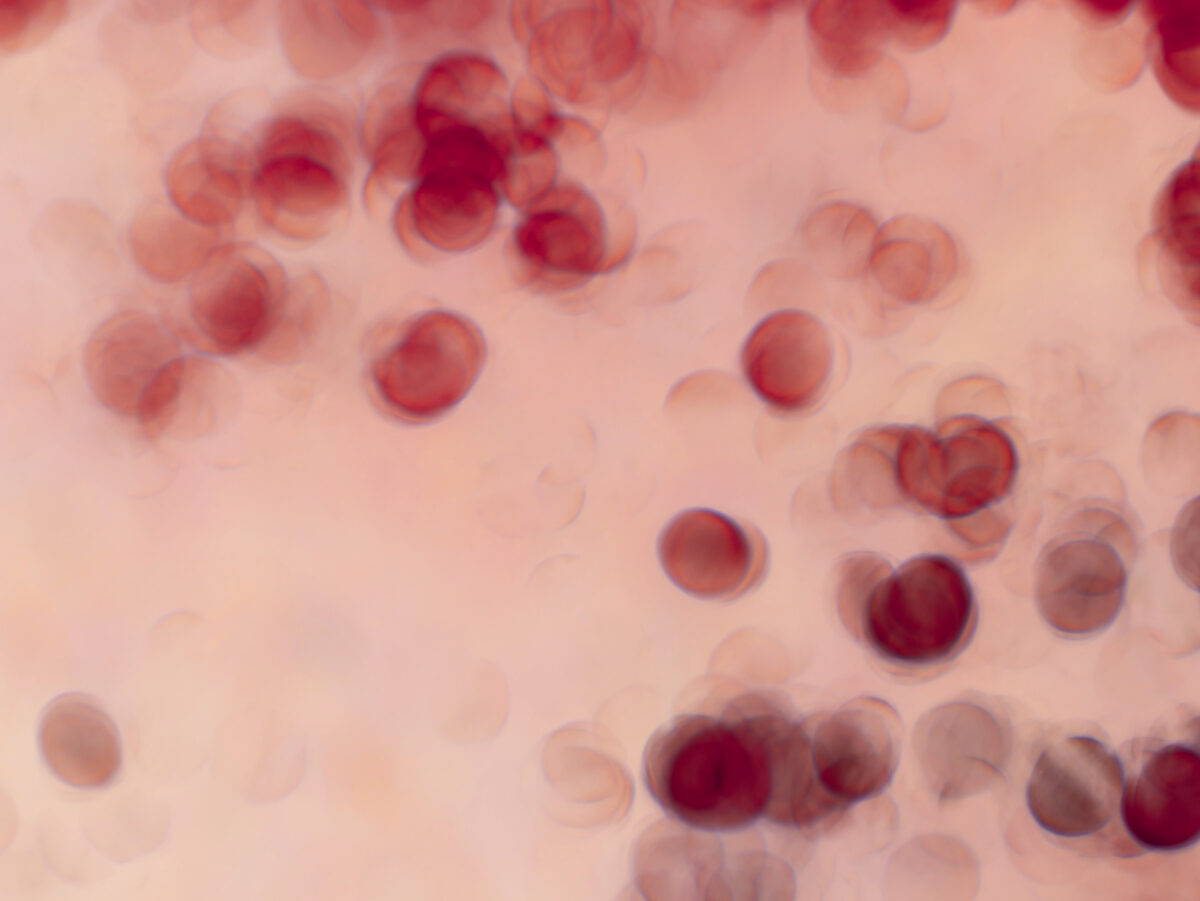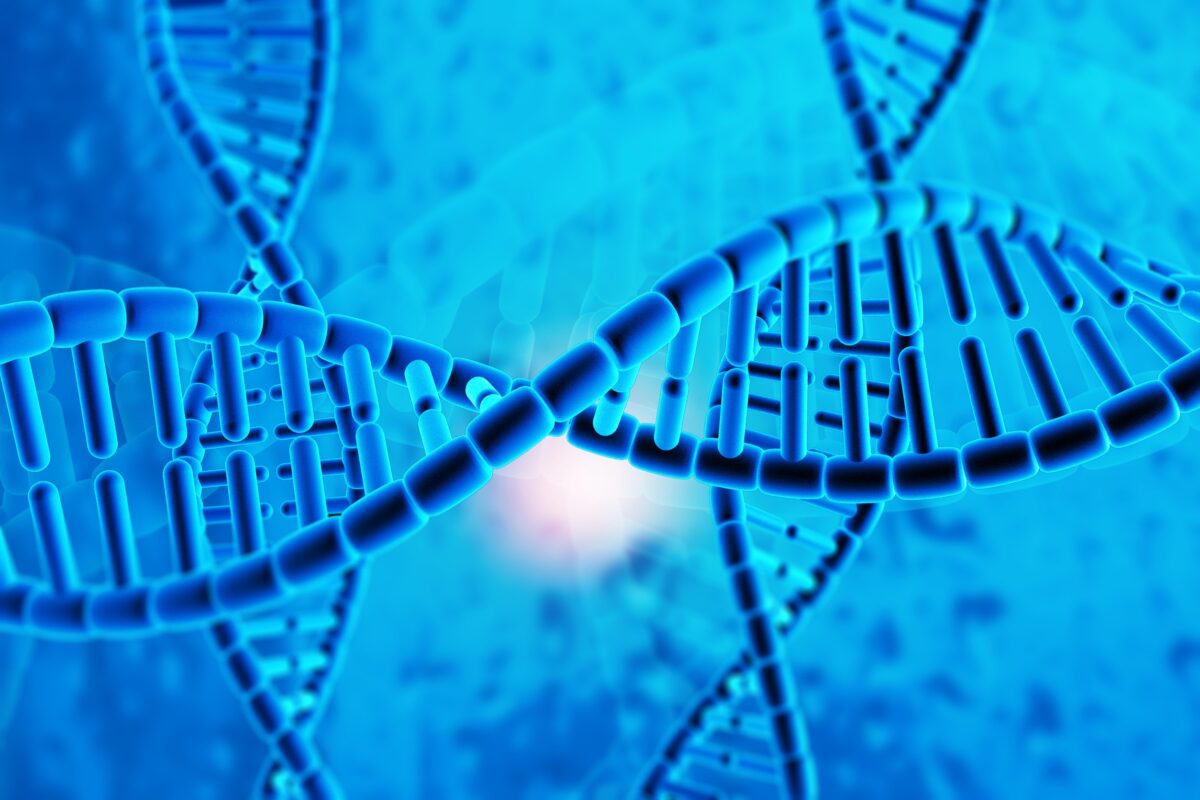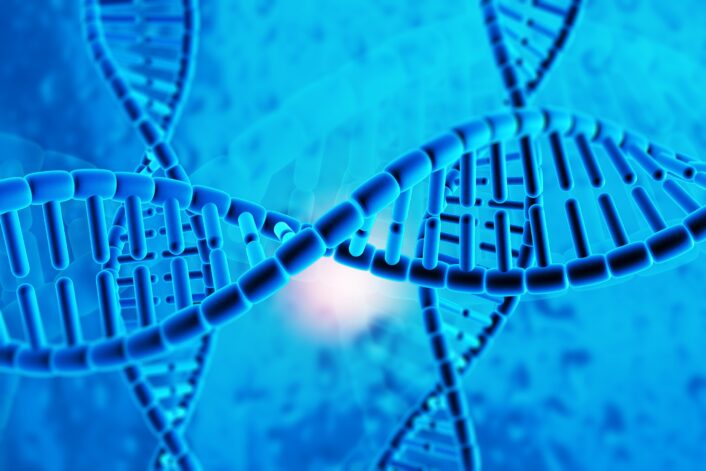Genetic of Copper Metabolism: Understanding Wilson’s Disease
Jess
on
September 24, 2024
Why Is Copper Important For You?
Copper is an essential trace mineral needed for forming red blood cells, and maintaining healthy bones, blood vessels, nerves, and immune function. Copper is vital for several enzymes, including cytochrome c oxidase and superoxide dismutase. Cytochrome c oxidase helps in energy production at the cellular level, whereas superoxide dismutase is an antioxidant enzyme that helps protect cells from oxidative damage. Proper copper metabolism is essential for these functions to occur efficiently.
Copper is also involved in making and maintaining connective tissues. This contributes to the integrity of skin, blood vessels, and cartilage (a tissue that cushions your joints). Copper helps in the absorption of iron, thus preventing anemia, and supports brain health by participating in the synthesis of neurotransmitters. Although copper is vital for health, it is needed only in small amounts, and both deficiency and excess can lead to significant health issues. Balancing copper intake through diet which includes foods like shellfish, nuts, seeds, and whole grains, is essential for maintaining overall health.
Despite a healthy balanced diet, if your blood report shows that you have too much copper in your system, then it is time to examine your genetics.
Genetics of Copper Metabolism
The excess copper that may flow into your bloodstream is usually filtered out by the liver and excreted through bile. However, in some individuals, a genetic mutation impairs this process, leading to toxic levels of copper buildup. This accumulation can cause severe damage to the liver, central nervous system, and other organs, resulting in a variety of symptoms such as liver disease, neurological disorders (e.g. tremors, difficulty speaking), psychiatric disturbances, and so-called Kayser-Fleischer rings—brownish rings around the cornea of the eyes. This genetic disorder is called Wilson’s disease (WD).
Wilson’s disease is considered a rare genetic disorder, with an estimated prevalence of approximately 1 in 30,000 to 40,000 individuals worldwide. However, the carrier rate (those with one copy of the mutated gene) is higher, affecting about 1 in 90 people.
Kayser-Fleischer Rings
Kayser-Fleischer rings are copper deposits that form around the edge of the cornea in the eye, appearing as brownish or greenish rings. These rings are a vital diagnostic sign of Wilson’s disease, indicating excess copper accumulation in the body. They are typically detected through an eye examination using a slit lamp. They are most commonly associated with neurological symptoms in Wilson’s disease patients.
Hereditary Pattern of Wilson’s Disease
Wilson’s disease (WD) follows an autosomal recessive inheritance pattern, meaning an individual must inherit two copies of the mutated ATP7B gene—one from each parent (homozygous mutation)—to develop the disease. If both parents are carriers, there is a 25% chance that their child will have Wilson’s disease, a 50% chance that the child will be a carrier (with one mutated gene and one normal gene or having a heterozygous mutation), and a 25% chance that the child will inherit two normal genes.
Individuals can also manifest WD as a compound heterozygote. A compound heterozygote is an individual who inherits two different mutant alleles of a gene, one from each parent, resulting in the genetic condition. Unlike a homozygote, with two identical mutant alleles, a compound heterozygote has two distinct mutations in the same gene. More on this below.
Carriers (heterozygous individuals) typically do not exhibit symptoms but can pass the mutated gene to their offspring. This pattern explains why Wilson’s disease can appear in families without any prior history of the condition. It makes Wilson’s disease a type of Mendelian disorder.
ATP7B Gene
The ATP7B gene encodes a protein that helps transport excess copper from liver cells into bile for excretion. This process is vital for preventing copper accumulation in tissues, which can be toxic. Mutations in the ATP7B gene lead to impaired copper transport, causing copper to build up in the liver, brain, and other organs, which is the underlying cause of Wilson’s disease symptoms. This gene’s function is essential for maintaining copper homeostasis, and its mutations are associated with developing this potentially life-threatening disorder.
Research Updates
As explained earlier, many WD patients can manifest as compound heterozygotes. They have two different mutations in each allele inherited from each parent. The effects of these mixed mutations are not understood fully.
In a 2020 study of five mutations found in Indian WD patients, researchers found that mutations in the regulatory domains (A595T, S1362A, and S1426I) reduced copper transport activity without affecting ATP7B’s targeting to the trans-Golgi network (part of the cell that helps distribute protein). This finding is crucial because it shows that while the ATP7B protein can still reach its proper location within the cell (the trans-Golgi network), the mutations in the regulatory domains impair its ability to transport copper effectively. The same study also showed that mutations in the ATP-binding domain (G1061E and G1101R) led to ATP7B retention in the endoplasmic reticulum and reduced protein levels. It indicates that mutations in the ATP-binding domain prevent the ATP7B protein from reaching its functional location and reduce the overall levels of the protein, leading to a more severe disruption in copper transport.
When two different mutations were co-expressed, mimicking the compound-heterozygous state, the interaction between these mutations altered ATP7B’s cellular behavior, emphasizing the importance of studying both homozygous and compound-heterozygous states to understand WD’s variable presentation better. This insight is crucial for developing targeted therapies that might restore copper transport without correcting the protein’s localization.
A 2022 study in the Pakistani population found significant clinical heterogeneity among patients, including reduced serum ceruloplasmin, chronic liver damage, and increased 24-hour urinary copper excretion. The average age of onset was 11.3 years, with 75% of patients displaying Kayser-Fleischer rings. Notably, 82.5% of the patients came from inbred families, and those with neurological symptoms were typically over 12 years old. The study identified ten variants in the ATP7B gene, including one previously reported pathogenic variant and four potentially novel synonymous variants, along with five known polymorphisms. This research enhances understanding of the clinical presentations and genotype-phenotype correlations in Pakistani WD cases, offering insights into ATP7B function and structure, which could aid in disease prognosis and family counseling.
How is Wilson’s Disease Treated?
Due to its rarity and the variability of its symptoms, Wilson’s disease is often underdiagnosed or misdiagnosed, particularly in its early stages when symptoms may mimic other more common conditions. Early detection and treatment are crucial for preventing irreversible damage.
Wilson’s disease treatment primarily focuses on reducing copper levels in the body and preventing further accumulation. The mainstay of treatment is chelation therapy, which involves medications like penicillamine or trientine that bind to copper and promote excretion through urine.
Another approach is the use of zinc salts, which reduce the absorption of copper in the intestines. In cases of severe liver damage, a liver transplant may be necessary. Alongside medical treatment, dietary modifications are recommended to limit copper intake, including avoiding foods high in copper, such as shellfish, nuts, and chocolate.
Is Wilson’s Disease Autoimmune?
Wilson’s disease is not an autoimmune disorder. It is a genetic disorder caused by mutations in the ATP7B gene, leading to defective copper metabolism. Unlike autoimmune diseases, where the immune system mistakenly attacks the body tissues, Wilson’s disease involves the accumulation of copper due to a metabolic defect, not an immune response. However, the liver damage and neurological symptoms seen in Wilson’s disease can sometimes resemble those seen in autoimmune conditions, which can complicate diagnosis.
Summary
Wilson’s disease is a rare, inherited disorder resulting from mutations in the ATP7B gene, leading to toxic copper accumulation in vital organs. This autosomal recessive condition affects approximately 1 in 30,000 to 40,000 individuals globally. Symptoms can vary widely, making early diagnosis challenging. Treatment primarily involves chelation therapy, zinc salts, and dietary modifications to manage copper levels. Despite its severe impact, Wilson’s disease is not an autoimmune condition but a genetic disorder affecting copper metabolism. Early detection and treatment are crucial to preventing serious complications and ensuring a better quality of life for affected individuals.
References
- https://www.ncbi.nlm.nih.gov/pmc/articles/PMC5648646/
- https://www.nature.com/articles/s41598-020-70366-7
- https://www.ncbi.nlm.nih.gov/pmc/articles/PMC9239485/
- https://wilsondisease.org/living-with-wilson-disease/treatment/#:~:text=Chelation%20therapy%20drugs%20approved%20for,causing%20its%20increased%20urinary%20excretion.









